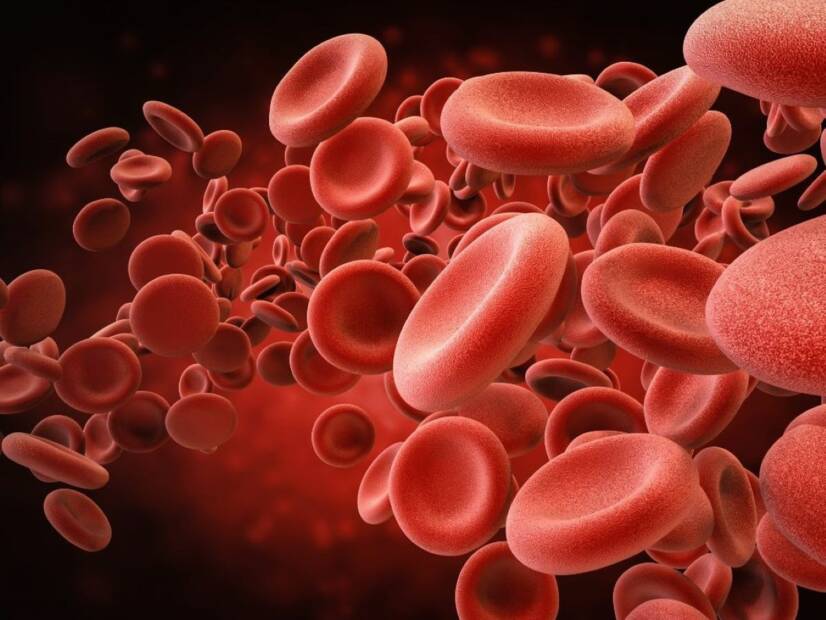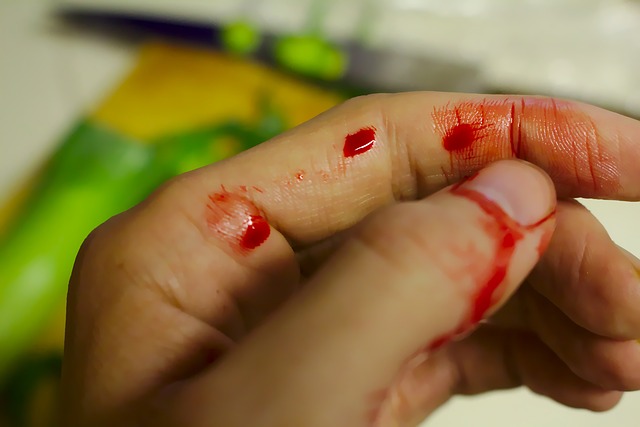Red blood cell breakdown: what is haemolysis and why does it occur?

This symptom is a sign of various diseases. It occurs in anemia, other blood diseases, but also in liver or kidney damage. Blood breakdown is also caused by the action of bacterial toxins or poisons. The cause can also be a parasite that causes malaria.
The breakdown of red blood cells is a serious clinical symptom, which is also known as haemolysis.
Often this symptom is also present in some other diseases.
Haemolysis occurs in hereditary haemoglobin disorder, sickle cell anaemia, which occurs mainly in black children. Haemolysis can also be caused by certain immune disorders.
The accompanying sign is jaundice. When the red blood cells break down, iron and haem (a red dye) are released. This is then converted into a yellow dye called bilirubin. This leaves the body in bile and faeces.
With high levels of bilirubin in the blood, the skin, mucous membranes and the whites of the eyes turn yellow. This accumulation in the blood causes an increased breakdown of red blood cells, but also liver dysfunction, for example in liver inflammation (hepatitis) or even cirrhosis.
Another condition is when bile accumulates and does not drain into the intestine.
Anemia
The following causes of anaemia are known:
- Reduced red blood cell production (stem cell disorders, vitamin B12 and folic acid deficiency).
- increased loss of red blood cells, i.e. erythrocytes, in haemolysis and bleeding
- an increased plasma volume leads to so-called relative anaemia
Symptoms in anaemia:
- Fatigue, weakness, reduced physical performance
- Pallor of the skin and mucous membranes
- shortness of breath, depending on the degree, even with minimal exertion
- increased pulse
- yellow skin, mucous membranes and whites of the eyes with increased breakdown

Most often, erythrocyte breakdown is characteristic of anemia. Anemia is a blood disorder in which the level of hemoglobin (the red blood pigment that binds oxygen to itself) is reduced, along with the number of blood cells.
There is also a form of anaemia in which there is an increase in the loss of pre-existing red blood cells, specifically through their breakdown. Such anaemia occurs, for example, in the case of bone marrow damage and iron deficiency in the body.
It is also a consequence of a deficiency of folic acid and vitamin B12, when malignant anaemia (otherwise known as pernicious or megaloblastic anaemia) occurs. It is a consequence of reduced dietary intake, but also as a consequence of celiac disease, Crohn's disease or ulcerative colitis and malabsorption of nutrients.
Blood loss in trauma
In addition, increased erythrocyte losses may occur in bleeding due to injury. In trauma, blood may flow from the wound directly to the external environment. In some injuries, bleeding into another organ or cavity also occurs.

If it accumulates under the skin, bruises, haematomas, are visible. They change colour as the red dye breaks down. Blood cells outside the bloodstream die rapidly.
When the internal environment is disturbed.
The blood responds rapidly to a change in the internal environment. Homeostasis is a long-maintained state of the internal environment at the values necessary for life. If for some reason the stability of the internal environment cannot be maintained, the breakdown of red blood cells is a consequence.
These are sensitive to low or high fluid and ion content, especially sodium and intracellular space. Information on the internal environment is given in the magazine article on acidification.
Other blood diseases
Occurs, for example, in thrombotic thrombocytopenic purpura. Also in haemolytic uraemic syndrome or in disseminated intravascular coagulopathy.
In acute haemolytic reactions, there is a sudden and acute breakdown of erythrocytes. It occurs, for example, during blood transfusions if the blood groups do not match. Possibly between mother and foetus for the same reasons.
The problem can also occur when a heart valve is implanted as a reaction of the erythrocytes to a foreign object. When passing in the vicinity of the artificial replacement, the blood cells are damaged. Thalassemia can also be another cause.
Other causes
Red blood cell breakdown also occurs in cirrhosis of the liver and some rarer diseases. Red blood cell breakdown also occurs in diabetes.
This occurs especially in diabetics with impaired kidney function. The cause is diabetic nephropathy.

But sometimes the breakdown of red blood cells can be caused outside the red blood cell itself. For example, when damaged by bacterial toxins (examples of bacteria are staphylococci, streptococci) or parasites (plasmodium, causes malaria). And for example, also when damaged by poisons, such as snake venom or heavy metals (lead).
In malaria, the red blood cells are also attacked. When a malarial attack occurs, the attacked red blood cells break down. This is due to the cracking of the blood cell that has been attacked by the parasite (plasmodium) that causes malaria.
Video about hemolysis
Diseases with symptom "Breakdown of red blood cells"
Interesting resources
Related










